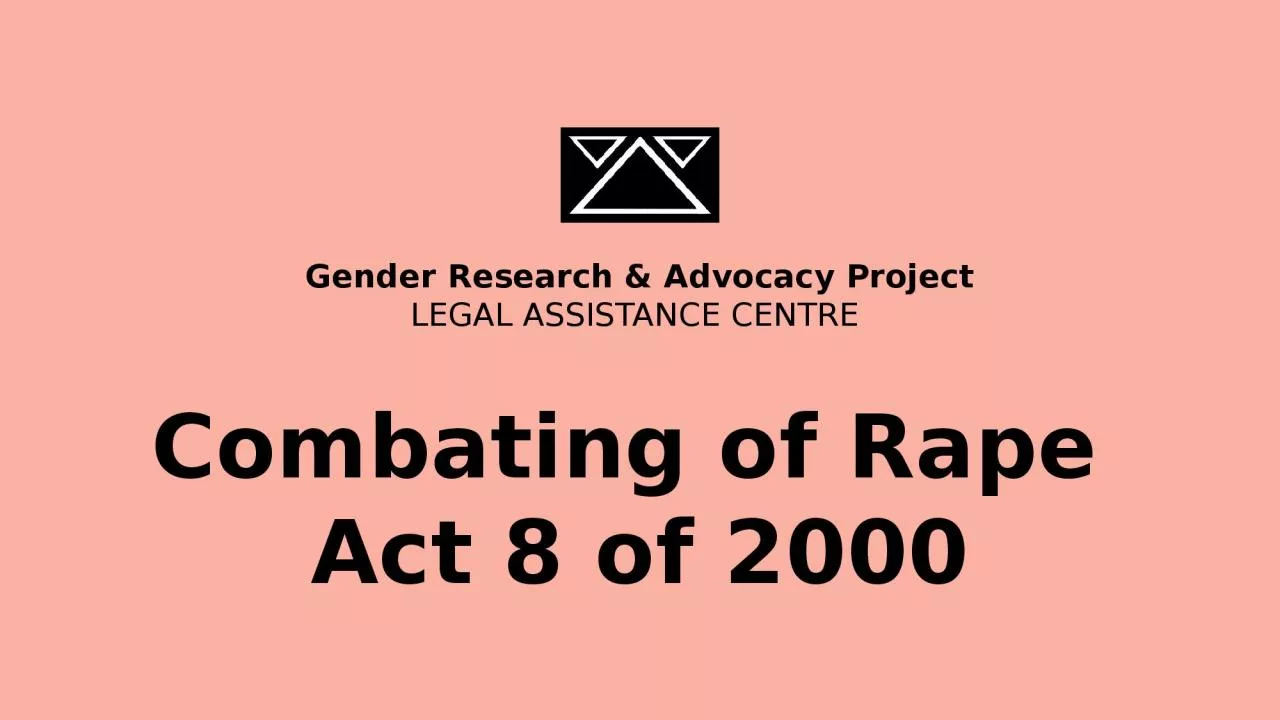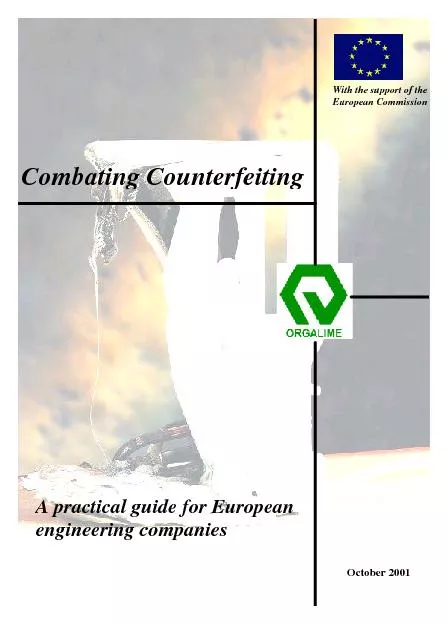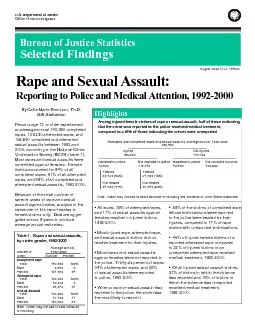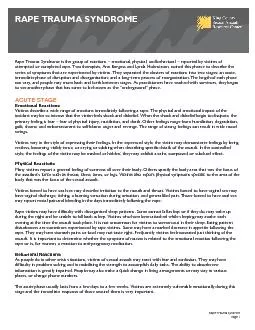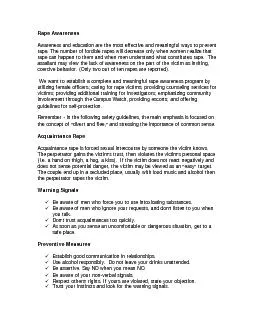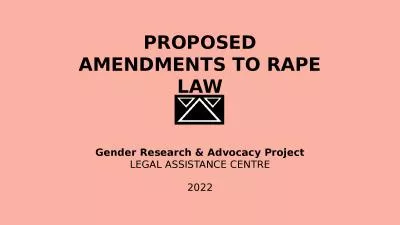PPT-Combating of Rape Act 8 of 2000
Author : melody | Published Date : 2023-12-30
Gender Research amp Advocacy Project LEGAL ASSISTANCE CENTRE This presentation contains specific descriptions of sexual acts that are necessary to explain the
Presentation Embed Code
Download Presentation
Download Presentation The PPT/PDF document "Combating of Rape Act 8 of 2000" is the property of its rightful owner. Permission is granted to download and print the materials on this website for personal, non-commercial use only, and to display it on your personal computer provided you do not modify the materials and that you retain all copyright notices contained in the materials. By downloading content from our website, you accept the terms of this agreement.
Combating of Rape Act 8 of 2000: Transcript
Download Rules Of Document
"Combating of Rape Act 8 of 2000"The content belongs to its owner. You may download and print it for personal use, without modification, and keep all copyright notices. By downloading, you agree to these terms.
Related Documents

